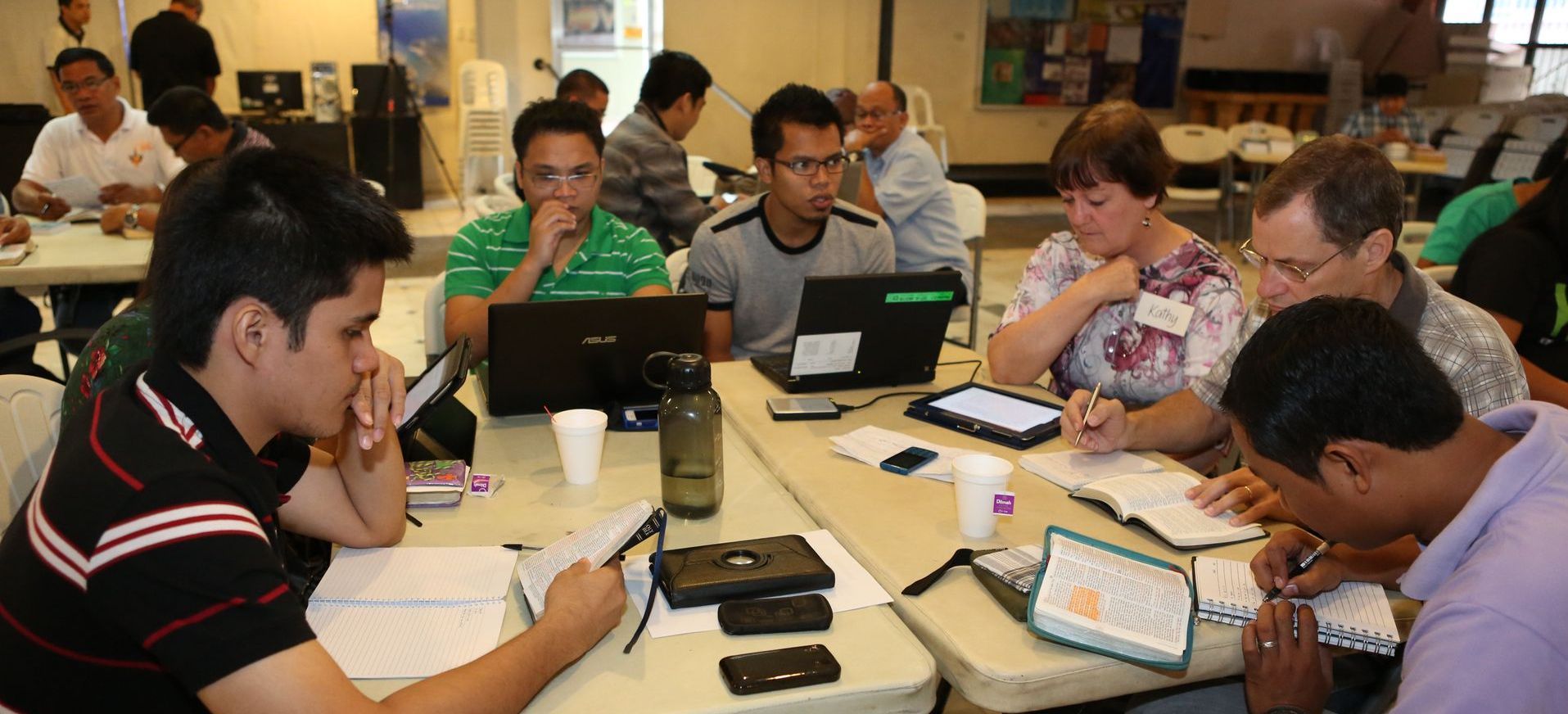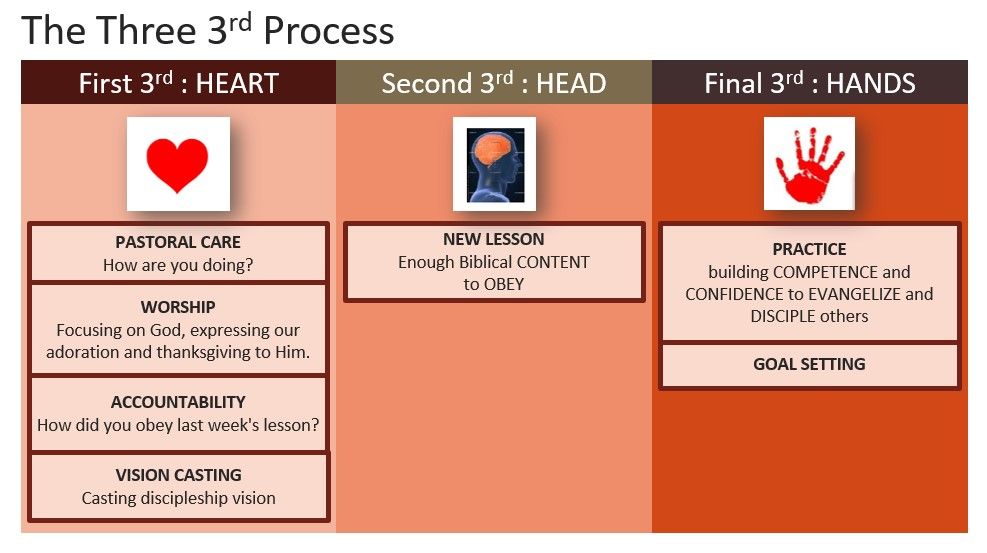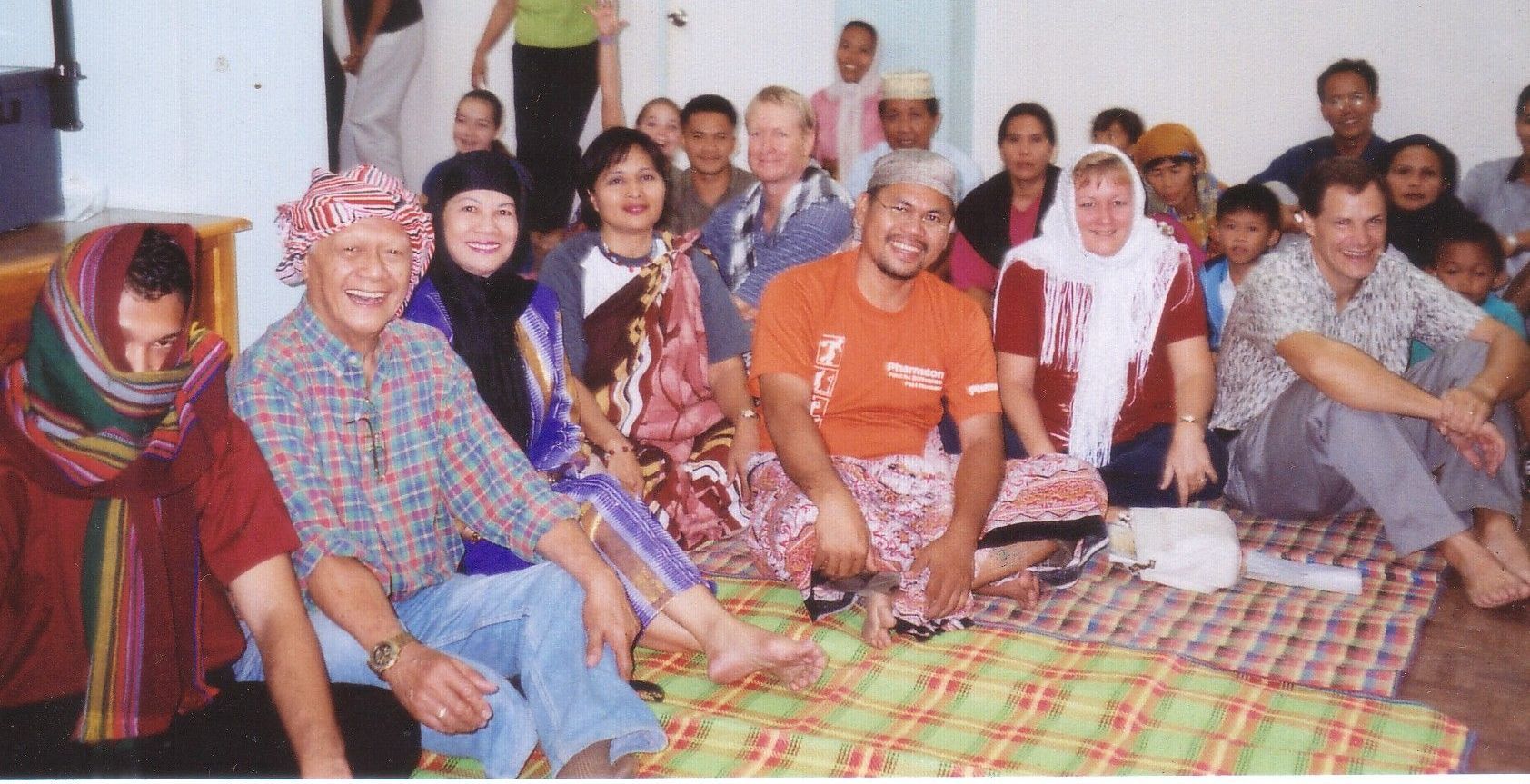The right materials and methods won’t result in multiplication
unless we have an intentional process designed to multiply.
--------
Building Multiplication Into All We Do
I was speaking to a group of missionaries in Asia about developing a ministry of multiplying disciple-makers. I was telling them how we had developed a process in our church plant where we were making disciples who make disciples who make disciples.
One of the missionaries asked me how long it took us to develop that process. I didn’t exactly know how to answer that question since it was a cumulation of learning things over the years and of trying and developing methods and processes.
Collecting the Right Tools
During 33 years as a church planter, I was constantly looking for or modifying or developing materials to be more effective in...
- connecting with and evangelizing the lost and
- discipling new believers and in
- providing for long term discipleship and
- equipping of laborers and leaders.
So, part of the process was getting the right tools and methods that were effective through God’s blessing, and were simple enough to equip ordinary believers to use them. Over the years we had found and were using simple tools for adding and discipling new believers.
Breakthrough… Building it into the Process
However, a breakthrough happened in our ministry when we realized we needed to build multiplication into our process of making disciples. In fact, we needed to build multiplication into everything we did. It had to be intentional.
The right materials and methods wouldn’t result in multiplication unless we had an intentional process that would enable and equip all our growing disciples to pass it on to others who would pass it on to others.
How we did that
Here are some ways we did that:
1.
During our 8 week evangelistic Bible studies (“God’s Gift”) we ended each lesson with the 2 questions,
a. What in this lesson really impacted you or what was new to you?
b. Who can you share this with this week?
These 2 questions were built into each lesson. Then in the following lessons, we would follow up by asking them how it went. This helped them start passing it on to others even before they themselves had accepted Christ. It also helped enforce these new truths in their hearts.
2. During our 12 lesson ("New Life In Christ"), early discipleship times that establish new believers in the basic essential beliefs in God and habits for growth, we used what is called “The 3 thirds” process for each meeting. We learned this from the “T4T” church planting movement developed by Ying Kai, and adapted it for our use.
The discipleship time is divided into 3 parts known as the Heart, Head and Hands.
a. During the Heart portion: we include time for Pastoral/Relational care, Worship and Prayer, Accountability for applying last week’s lesson, and some sharing of vision for them doing discipleship.
b. During the Head portion: we cover a new discipleship lesson from the Word.
c. During the 3rd third, the Hands portion: We take time to give them basic tools and confidence to begin making disciples of their own, through practice and goal setting.
3. During our community group times, we used what we called the 4 W’s format to ensure that mission and multiplication was always a part of each meeting.
Welcome, Worship, Word, Works.
1 hour could look like this:
Welcome: 10 minutes about the group to make people feel welcome and happy to be there.
Worship: 10 minutes all about God, using Scriptures about God, prayers of thanks and worship, and songs using Youtube.
Word: 30 minutes about the Word using questions on the passage from the Sunday service and leading to personal application.
Works: 10 minutes to focus on outreach and disciple-making, sharing and praying for each one’s contacts, Bible studies, etc. Planning together on outreaches the group or individuals could do.
That’s 2 Questions / 3 Thirds / and 4 W’s for the Evangelistic Bible Studies, Discipleship Groups and Community Groups. Each of these is providing a commonly adopted, memorable process for promoting multiplication in each context.
The leadership of the church
The leadership of the church provides equipping and training for the members, but the main equipping would hopefully come from the soul winner or disciple maker who had been trained by someone themselves in the same way. This would be built into the process.
Have an Apprentice
Beyond this, we encouraged everyone that had any ministry in the church to have an apprentice. The teacher of the new member class was to have an apprentice if possible. Same for the leader of each Community Group. The worship leader was to be mentoring someone in worship leading. I would ask the drummer who he was training, and the guitarists who they were equipping, and the SS leaders who they were bringing alongside to learn to teach.
Multiplication Has To Be Intentional
Most church leaders feel they need to do all the discipling and teaching and so they can only add people according to their capacity, but when our focus is on making disciple makers and intentionally equipping everyone to pass it on, and we provide the right tools and processes, the ministry can grow beyond the capacity of the leaders themselves.
In a future Blog, I will share with you how we used the 3rd third of our discipleship time to equip new disciples to pass it on to yet more disciples.
For your thought:
How could you build a simple process around your current discipleship times that would enable your disciples to learn to do the same with others, reaching the lost and beginning discipleship?
Feel free to comment below or add any helpful thoughts.












